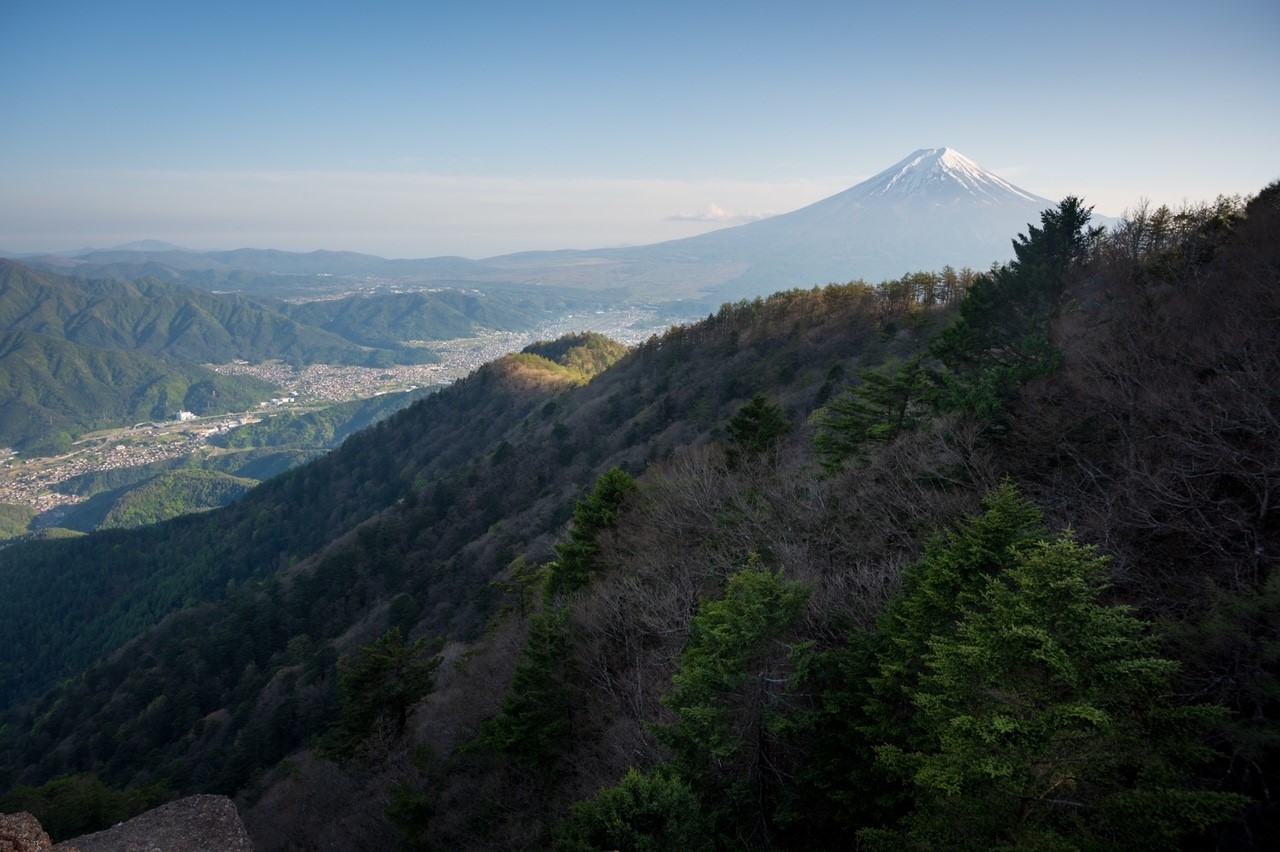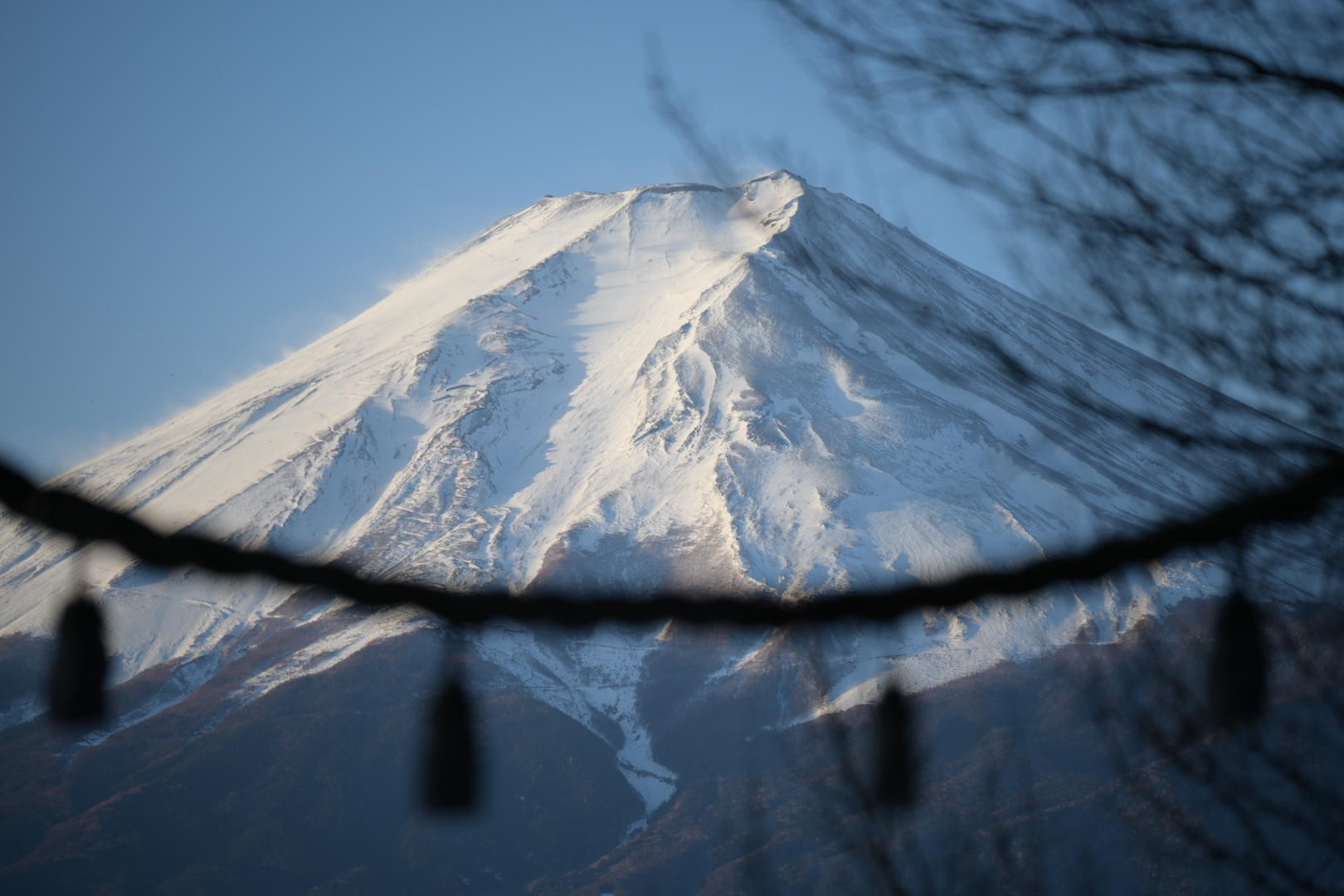本文
Climbing Mt. Fuji Off-Season
Due to high risk of injury, fatality, and the need for emergency rescue, the International Affairs Desk at Fujiyoshida City Hall highly discourages off-season winter climbing.
After September 11th, all services on the Yoshida Guchi route above the 5th station are closed, and any climbing above the 5th station is at your own risk. Please respect local customs and staff around the 5th Station.
Alternatively, we suggest hiking the Yoshida Guchi trail from the bottom to the 5th station, or the Ochudo trail which circles the Northern face of Mt. Fuji from the 5th station. There are also numerous other local hikes that offer exceptional views of Mt. Fuji from afar, see link below.
| Off-Season | January | |
| February | ||
| March | ||
| April | ||
| May | ||
| June | ||
| Official Climbing Season and Fuji-Subaru Line Closure to Private Vehicles |
July | |
|---|---|---|
| August | ||
| September 1-10 | September 11-30 | |
| Off-Season | October | |
| November | ||
| December | ||
Alternative Local Hikes
Ochudo 5th Station Area Hiking Map<外部リンク>
Other Local Hikes, click photo below.

Off-Season Guidelines<外部リンク>
The following guidelines apply for climbing Mt. Fuji above the 5th Station from September 11th to June 30th (off-season) every year:
- Climbers must be prepared and have appropriate equipment and ability.
- If you are climbing winter Fuji between December 1st and March 31st and plan to climb above 3000 meters (from 8th station and above), you must submit a climbing plan to Yamanashi Prefecture Police. * according to Yamanashi Prefecture Mountaineering Information Portal (Japanese)<外部リンク>
- Climbers must bring a disposable toilet, as all facilities on the mountain are closed.
Winter Climbing - High Risk of Injury and Fatality
Rescues and fatalities happen every year among experienced climbers. According to Yamanashi Prefecture Police, since 2016 there have been six reported fatalities (due to slipping and falling) and 12 reported incidences of rescue on off-season winter Fuji.

Unique Risks of Climbing Mt. Fuji Off-Season
Even very experienced climbers underestimate the severity of off-season climbing conditions on Mount Fuji. In addition to the dangers of any winter mountain, such as avalanches, falling rocks, low temperatures, and whiteouts, Mt. Fuji has its own unique set of dangers due to it's shape and location:
| Wind | Unlike most mountains, Mount Fuji is a standalone peak with no surrounding barriers to break the wind. Momentary wind gusts are so strong that they can lift climbers off the slope and hurtle them down the mountain. |
|---|---|
| Completely Frozen Slopes | On many winter mountains, the blades of crampons and ice axes bite the snow well, but on the hard frozen ice of Mt. Fuji, these can be completely ineffective. |
| No Protection from Slips or Falls | Once a slip or fall happens, due either to wind or failing ice axes and crampons, it is very difficult to stop. The slopes of Mt. Fuji in winter are like an angled skating rink with no breaks or ledges, and unfortunate climbers will quickly accelerate to lethal speeds. |
In addition, the following services are unavailable on Mount Fuji during the winter off-season:
 Rescue Personnel
Rescue Personnel  Mountain Huts
Mountain Huts  Facilities
Facilities  Transportation
Transportation
Read article "Why Mt. Fuji in Winter is Dangerous even for Advanced Mountain Climbers" <外部リンク>
Account of a Professional Climber
Here are some important exerpts from Climbing Mt. Fuji in Winter, Midwinter Period<外部リンク>
"Moreover, near the top of the mountain, the slope is about 45 degrees and the ice is covered with ice, so even if you take a wind-resistant position, your body may be carried away by the gusts of wind."
"Above all, in winter at Mt.Fuji, the ice patches are terrible and the wind is strong . The annual average wind speed is about 10 m/s. And since the atmospheric pressure at Winter Fuji is about 20 hpa lower, even though the altitude is 3776 m, it actually becomes an altitude of 4000 m."
"The ice is so frozen that the crampon blade can't penetrate it at all . Then, I feel like I'm about to be blown away by the wind and I want to take a wind-resistant position, but if I do that, I'm going to slip and fall, so there's no way I can take a wind-resistant position."
"This is why I said that climbing Mt. Fuji during the harsh winter season is more technically difficult than climbing the highest peaks on the seven continents (McKinley, Kilimanjaro, etc.) when the summer climate is stable."
Links
- Off-Season Access
- 2024 Climbing Season Regulations
- Yoshida-Guchi Trail and Guide Map
- Private Car Restrictions on Fuji-Subaru Line during Climbing Season
- Climbing Mt. Fuji FAQ
- Fuji-Subaru Line Route Map<外部リンク>
- Making Climbing Reservations During Climbing Season<外部リンク>
- Official Mt. Fuji Climbing Site<外部リンク>
- Photo Gallery
- Other Local Hikes



